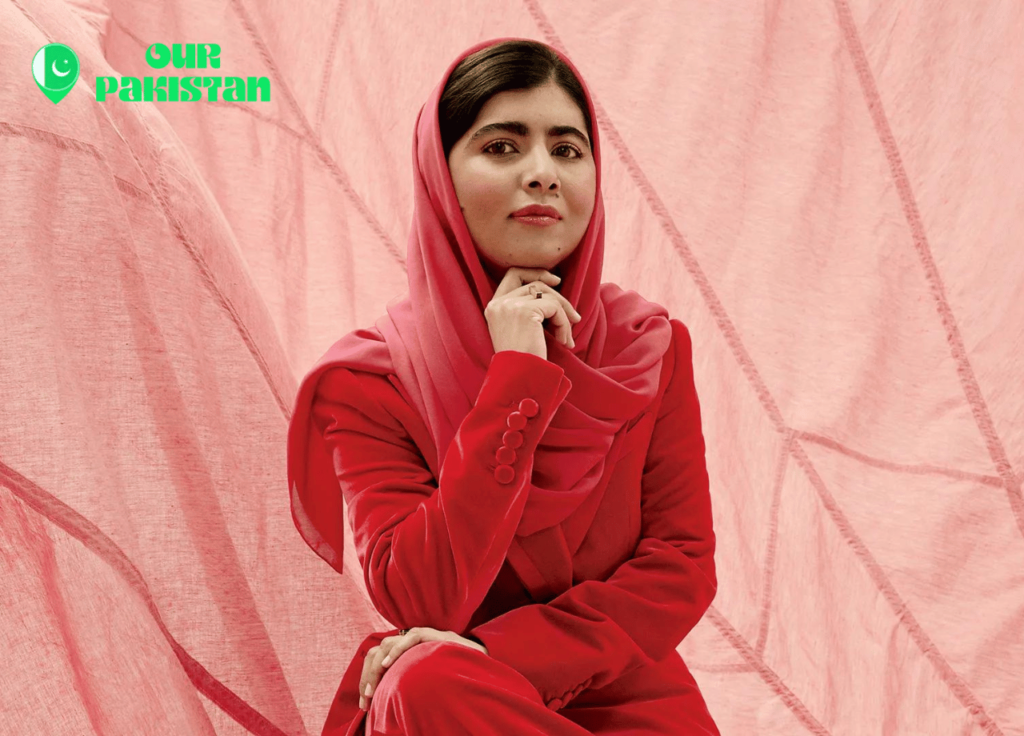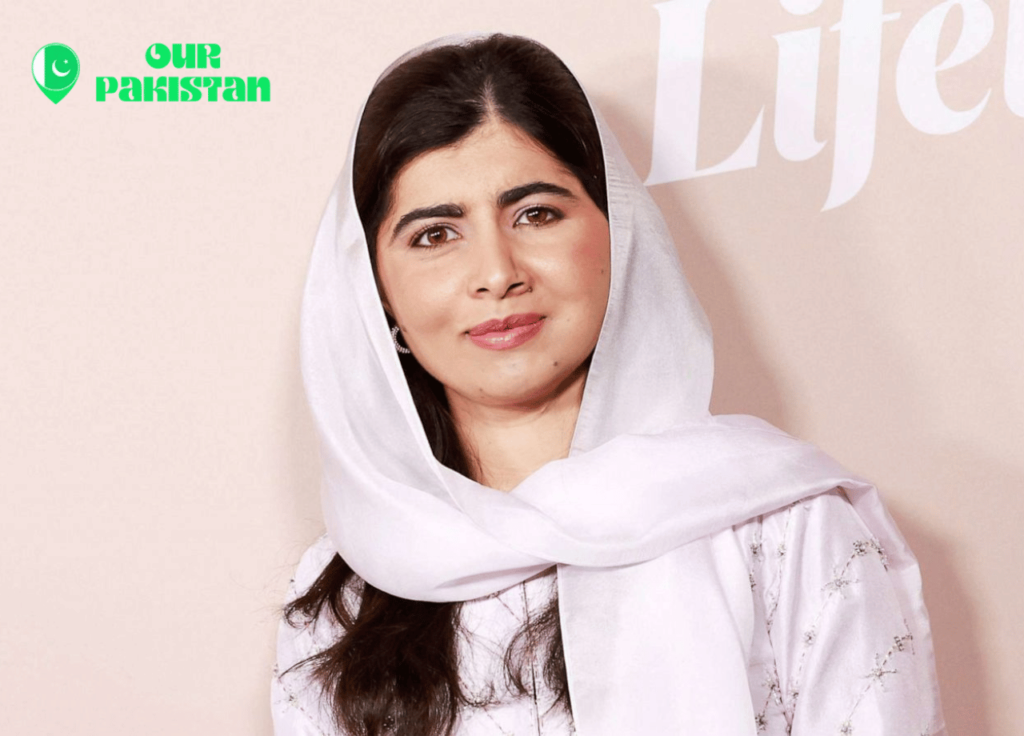Malala Yousafzai’s journey from a young girl in the Swat Valley of Pakistan to becoming the youngest-ever Nobel Peace Prize laureate is a powerful testament to the resilience of the human spirit in the face of oppression. Born into a region besieged by the Taliban’s rigorous attempts to deny girls education, Malala’s fearless advocacy for women’s rights and girls’ education at a remarkably young age drew international attention, making her story a beacon of hope and resistance. Her extraordinary courage and commitment to education against all odds have not only changed the landscape of girls’ education worldwide but have also shown how one voice can inspire a global movement.
This article will explore Malala Yousafzai’s profound impact on the world, beginning with her early life and initial activism in Mingora, Pakistan, deeply influenced by her father, Ziauddin Yousafzai. It will detail the life-threatening assassination attempt she survived at the hands of the Taliban, her remarkable recovery, and how these events propelled her onto the global stage, leading to her historic reception of the Nobel Peace Prize. Through her work with the United Nations, the Malala Fund, and various platforms, including her best-selling memoir “I Am Malala,” her ongoing mission for education and women’s rights will be thoroughly examined, shedding light on her vision for a world where every girl can learn and lead.
Early Life and Initial Activism
Malala Yousafzai was born on July 12, 1997, in Mingora, Swat Pakistan, a region that would soon face significant challenges due to Taliban influence. From an early age, Malala was influenced by her father, Ziauddin Yousafzai, a dedicated educator who ran a girls’ school in their village and instilled in her a profound love for learning.

Childhood and Education
Despite societal pressures in Pakistan where the birth of a girl was often not celebrated, Malala’s father ensured she received the same opportunities as boys. This environment fostered her early educational pursuits and her passion for knowledge, often attending classes before she could even properly speak. The Taliban’s increasing control over Swat Valley in 2007 marked a drastic turn in her life as they began enforcing strict bans on girls’ education and cultural freedoms.
Starting to Speak Out
By 2008, the Taliban had destroyed around 400 schools, directly challenging Malala’s right to education. At just 11 years old, Malala gave her first public speech, decrying the Taliban’s actions at a local press club in Peshawar, boldly asking, “How dare the Taliban take away my basic right to education?”. This marked the beginning of her activism, as she became a vocal opponent of the Taliban’s oppressive measures against girls’ education.
Blogging for the BBC
In early 2009, under the pseudonym Gul Makai, Malala began writing a blog for BBC Urdu. Here, she detailed her life under Taliban rule and expressed her persistent desire to continue her education. Her entries vividly described the challenges faced by her and her peers, such as the fear of attending school and the Taliban’s imminent edict to close all girls’ schools in the region. Her writings not only highlighted the severe restrictions placed on education but also her unwavering resolve to fight for her educational rights.
Throughout this period, Malala’s courage in the face of adversity began to draw international attention, setting the stage for her later global advocacy for girls’ education.
The Assassination Attempt and Recovery
On October 9, 2012, a Taliban gunman targeted Malala Yousafzai, a vocal advocate for girls’ education, as she was returning home from school in Pakistan’s Swat Valley. The assailant boarded her school bus, inquiring, “Which one of you is Malala?” Upon identification, she was shot, with the bullet traveling from the side of her left eye through her neck and settling in her shoulder.
Details of the Attack
The attack was orchestrated by the Tehreek-e-Taliban Pakistan (TTP), with three gunmen involved. After the shooting, Malala was urgently transported to Saidu Sharif Medical Complex and subsequently airlifted to a military hospital in Peshawar for critical care.
Medical Treatment and Recovery
Malala’s condition necessitated immediate medical intervention. She underwent a decompressive craniectomy to alleviate swelling in her brain. After stabilizing her condition, she was flown to the United Kingdom for further treatment at the Queen Elizabeth Hospital in Birmingham. This facility is noted for its expertise in treating military injuries. Over the months, she underwent multiple surgeries, including cranial reconstruction and a cochlear implant to restore her hearing. Remarkably, by July 2014, her recovery had progressed significantly, with her facial nerve functionality returning to nearly full capacity.
Global Reaction and Support
The assassination attempt drew global condemnation and a surge of support for Malala. Figures such as Pakistan’s President and the UN Secretary-General denounced the attack, highlighting its brutality. The incident amplified the global discourse on the right to education, leading to significant policy changes in Pakistan and increased international focus on girls’ education .
Nobel Peace Prize and Continued Activism
On October 10, 2014, Malala Yousafzai, at the age of 17, became the youngest-ever Nobel laureate, recognized for her courageous advocacy for girls’ education. She shared this honor with Kailash Satyarthi, acknowledging their collective efforts against the suppression of young people and promoting the right to education. In her acceptance speech, Malala dedicated the award to the “forgotten children” and emphasized action over pity, advocating for education as a fundamental right for all .
Award and Significance
The Nobel Peace Prize awarded to Malala and Satyarthi was a significant endorsement of their fight for children’s rights and education. The Norwegian Nobel Committee highlighted this award as a bridge between nations and generations, underscoring the universal importance of education for peace. Malala’s recognition brought global attention to the issue, influencing international policies and increasing support for educational initiatives.

Key Initiatives and Speeches
Malala’s activism did not cease with the Nobel Prize; it further expanded through various platforms and initiatives. On her 16th birthday, designated as ‘Malala Day’ by the UN, she delivered a powerful speech at the United Nations, advocating for worldwide access to education. Her words resonated globally, reinforcing her role as a symbol of the struggle for education.
The Malala Fund
The Malala Fund, established by Malala, focuses on ensuring that girls worldwide can access 12 years of free, safe, and quality education. The organization supports education advocates and activists in regions where girls are most likely to be out of school. Through partnerships and community programs, the Malala Fund works towards breaking down barriers that prevent girls from attending school, such as social norms and economic constraints. The fund’s efforts have reached thousands, directly impacting over 90,000 girls and indirectly influencing millions more through advocacy and policy changes.
Conclusion
Malala Yousafzai’s journey epitomizes the power of resilience and the impact of a single voice amidst widespread adversity. Her progression from a young girl facing the dire suppression of educational rights under Taliban rule to becoming the youngest-ever Nobel Peace Prize laureate underscores a narrative not just of personal triumph, but of monumental global influence. Through her unwavering advocacy, insightful activism, and the founding of the Malala Fund, she has irrefutably shifted the discourse on girls’ education, fostering an environment that values and supports girls’ rights to learn and lead. Her story, marked by its poignant beginnings and her formidable courage, serves as a beacon for the ongoing fight for education equality.
The implications of Malala’s work extend far beyond the awards and the public recognition; they resonate in the lives of millions of girls worldwide who now have greater access to education and a voice advocating for their rights. By courageously challenging the status quo and inspiring a global movement, Malala has not only highlighted the intrinsic value of education but has also set a precedent for future generations to continue the advocacy for the right to education. As her journey continues to unfold, it serves as a compelling call to action for all stakeholders to bolster efforts in ensuring that education, a fundamental human right, is accessible to all, regardless of gender, geographical location, or social standing.